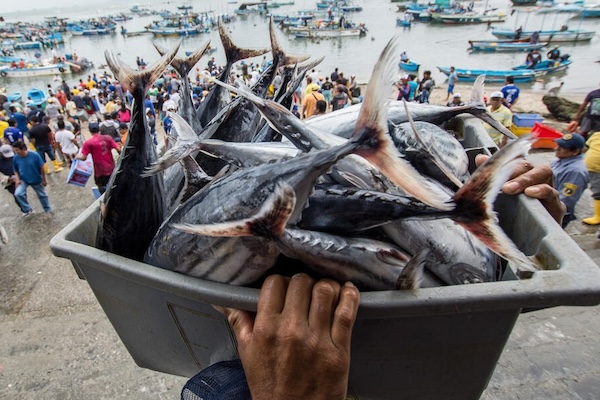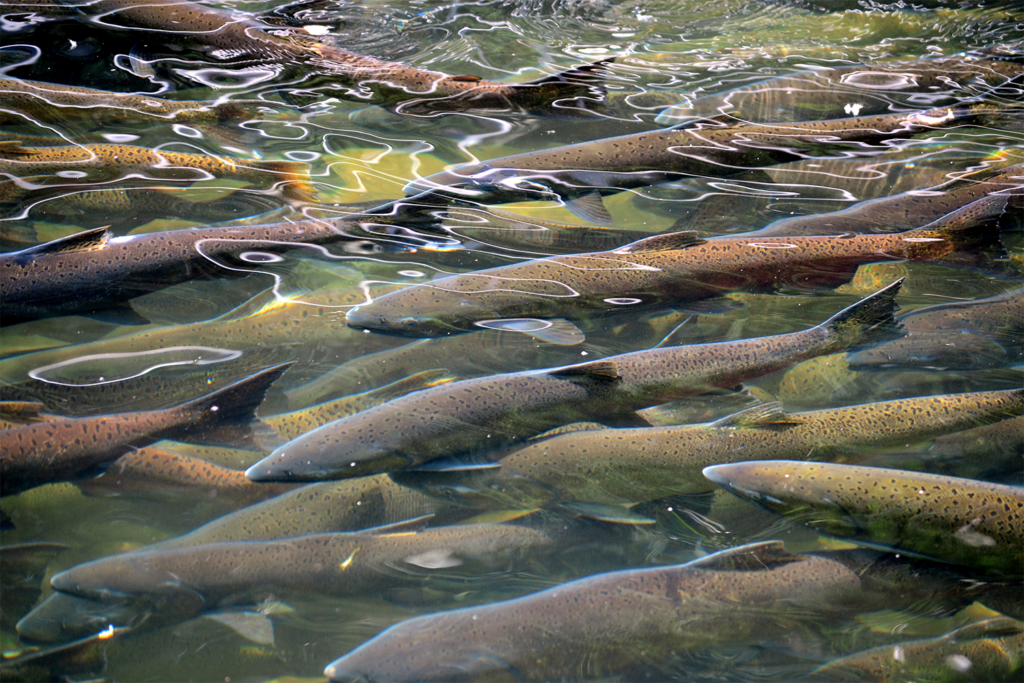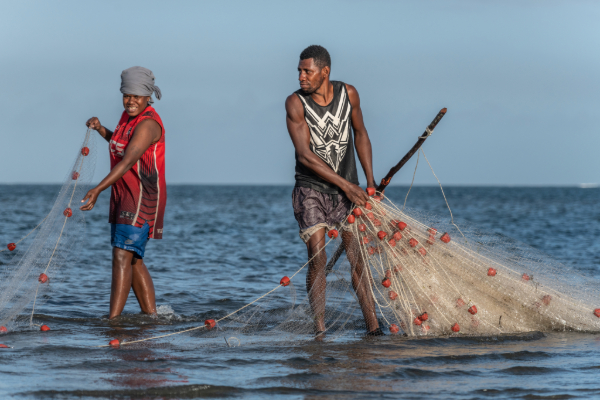New dataset reveals how decades of atmospheric changes impact fisheries, aiding climate change predictions and mitigation

Scientists at the U.S. National Science Foundation National Center for Atmospheric Research (NSF NCAR) have combined advanced computer models to understand how atmospheric conditions affect the ocean, and how this impacts the growth of tiny ocean organisms and the fish that eat them. This has produced a detailed global dataset spanning decades, which can help predict how a warming climate might impact fisheries and support sustainable management.
“We are really excited to make this ocean dataset available,” said Kristen Krumhardt, NSF NCAR scientist who led the work. “There are so many questions that could be answered.”
Atmospheric conditions significantly affect the ocean, which absorbs a large portion of carbon dioxide and atmospheric warming. However, ocean models often run at low resolution and don’t include important details about ocean features or biogeochemistry. This limits their ability to provide useful information about fisheries. Understanding ocean productivity, which influences phytoplankton growth, is crucial for fisheries research.
For their new study, scientists used a high-resolution version of the Community Earth System Model (CESM2) to simulate the ocean from 1958 to 2021. They recreated past atmospheric conditions and used an updated model, MARBL, to track the growth of different types of phytoplankton and zooplankton. This detailed data was then used in another model, FEISTY, which helps predict how climate changes affect fish populations.
The FEISTY model sorts fish into two main types: demersal fish that feed on the seafloor, and pelagic fish that live in the upper water. Pelagic fish are divided into smaller forage fish, like anchovies, and larger fish, like tuna. This model helped the researchers see how long-term atmospheric changes likely affected different fish populations.
“We reconstructed what the ocean would have done given what was happening in the atmosphere,” Krumardt said. “We were able to validate the results through a number of means including looking at satellite images that give us information about phytoplankton blooms and analyzing fish catch records over time.”
The dataset resulting from the project is freely available to the research community and could be used to answer various questions, Krumhardt said, including looking at how marine heatwaves, ocean acidification and changes to sea ice might have affected fisheries in the past. The dataset will help researchers understand how climate affects fisheries and improve forecasting for their future in a warmer world.
Now that you've reached the end of the article ...
… please consider supporting GSA’s mission to advance responsible seafood practices through education, advocacy and third-party assurances. The Advocate aims to document the evolution of responsible seafood practices and share the expansive knowledge of our vast network of contributors.
By becoming a Global Seafood Alliance member, you’re ensuring that all of the pre-competitive work we do through member benefits, resources and events can continue. Individual membership costs just $50 a year.
Not a GSA member? Join us.
Author
Tagged With
Related Posts

Fisheries
Study: Climate change may lead to shifts in vital Pacific Arctic fisheries
Climate change could cause commercially important marine species to shift northward, threatening Pacific Arctic fisheries.

Responsibility
FAO: Climate change could reduce fish biomass 10 percent by mid-century
Global projections show fish biomass could drop more than 10 percent in many regions by mid-century if greenhouse gas emissions stay high.

Fisheries
Study: Ocean warming is driving wild Pacific salmon into Canadian Arctic
Ocean warming is increasing Pacific salmon in the Canadian Arctic, indicating that climate change is expanding their habitat.

Responsibility
Consortium calls for increased equity in ocean conservation and climate action plans
Equity in ocean conservation and climate strategies is crucial for achieving global sustainability goals, experts say.



